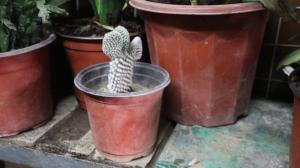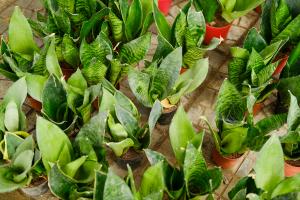Introduction
Planting onions from sets is a great way to grow your own fresh produce at home. Sets are small bulbs that can be planted directly into the ground, making them a convenient and easy option for gardeners of all skill levels. In this article, we'll give you a step-by-step guide on how to plant onions from sets.
Choosing Onion Sets
The first step in planting onions from sets is to choose the right sets. You can buy sets from your local nursery or garden center, or order them online. Look for sets that are firm and free from any signs of mold or rot.
For best results, choose sets that are between 1/2 inch and 3/4 inch in diameter. Larger sets may produce bigger onions, but they can be more prone to bolting and disease.
Preparing the Soil
Before planting your onion sets, you'll need to prepare the soil. Onions prefer well-drained soil with a pH of around 6.0 to 7.0. If your soil is heavy or compacted, consider adding some organic matter, such as compost or manure, to improve its texture and fertility.
Work the organic matter into the soil to a depth of about 6 inches. Rake the soil smooth and remove any large rocks or debris.
Planting the Sets
Now it's time to plant the onion sets. Space the sets about 4 inches apart, with the pointed end facing up. Make sure to plant the sets shallowly, with the tops of the bulbs just barely below the surface of the soil.
If you're planting multiple rows, space the rows about 12 inches apart. Water the sets immediately after planting to help settle the soil around the bulbs.
Care and Maintenance
After planting your onion sets, it's important to provide them with proper care and maintenance. Onions need regular water and nutrients to grow well.
Water your onion sets deeply once a week, or more often if the weather is hot and dry. Avoid overwatering, as this can lead to rot and disease.
Fertilize your onions with a balanced fertilizer, such as a 10-10-10 or 5-10-10 formulation, every 3 to 4 weeks during the growing season. Follow the instructions on the label carefully to avoid overfertilizing.
Harvesting
Onions are ready for harvest when the tops turn yellow and start to flop over. Lift the bulbs gently from the soil using a garden fork or trowel.
Allow the harvested onions to dry in a warm, dry place for a few days before storing them in a cool, dry area. Onions can be stored for several months if kept in a dry, well-ventilated location.
Conclusion
Planting onions from sets is an easy and rewarding way to grow your own fresh produce at home. By following these simple steps, you can enjoy a bountiful crop of delicious onions in no time. Remember to choose high-quality sets, prepare the soil properly, provide regular care and maintenance, and harvest at the right time for best results.

 how many times do yo...
how many times do yo... how many planted tre...
how many planted tre... how many pine trees ...
how many pine trees ... how many pecan trees...
how many pecan trees... how many plants comp...
how many plants comp... how many plants can ...
how many plants can ... how many plants and ...
how many plants and ... how many pepper plan...
how many pepper plan...































